
Review on Akozon Protection Lithium Balancing Function by Emili Hudson

does not work as a balancer
Received the board fairly quickly. I haven't used it yet, I decided to look at the balancing circuit. This is a very "budget" design. A precision reference chip (TL431) is used instead of a zener diode. Substituting the resistor values (R1 = 68k; R2 = 101k (two resistors in series, 100k and 1k)) into the formula (see screenshot from TL431 datasheet) you get Vka = 4.31V (remember, Iref for TL431 is in the range of 2 μA). This means that THIS balancer will start conducting the charging current (through the ballast resistor R3) when the battery voltage reaches 4.31V. Before that, all current flows through the battery (without equalization). Okay, let's calculate the transient current (through R3, which is 51 ohms). Assuming we charged the battery by 100mV (4.41V in this case), the transient current in this circuit is 100mV / 51Ω = 2mA. Wow! Brilliant 2mA! And this is for the BMS which is rated at 20A. It will take days (or possibly weeks) for the batteries to even out. That said, this board will likely work as a battery protector, but it definitely won't work as a balancer. Look elsewhere if you need a working balancer.
- Solid surface
- Was damaged
New products
Comments (0)
Top products in 🚪 Garage & Shop
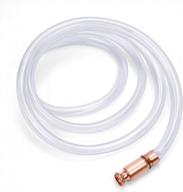
6FT HORUSDY Gas Siphon Pump With 1/2" Valve And Virgin Grade Tubing For Safe, Multi-Purpose Use (White)

22 Review
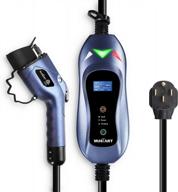
MUSTART Level 2 EV Charger With 240V, 25Ft Cable, And Adjustable Amps (16/25/32) – Portable Electric Vehicle Charging Station With Delay Function And NEMA 14-50P Plug-In

29 Review

Jack Pad Adapter Anodized Black Replacement For B-MW 135 335 535 E82 E88 E46 E90 E91 E92 E93 E38 E39 E60 E61 E63 E64 E65 E66 E70 E71 E89 X5 X6 X3 1M M3 M5 M6 F01 F02 F30 F10,Mini (3 Pcs)

24 Review
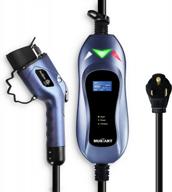
Portable Electric Vehicle Charger (40A, 240V, 25Ft Cable) - Level 2 EV Charging Station With NEMA 6-50P Plug-In For EVs By MUSTART

19 Review
Another interesting products
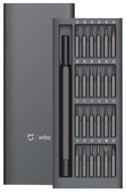
Xiaomi Mi x Mijia Wiha Precision Screwdriver Set (DZN4000CN), 25 pcs

34 Review
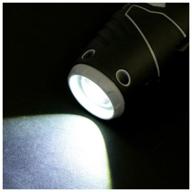
Rechargeable screwdriver OA-3,6F (433.0.2.00), 3.6 V, 1.3 Ah Li-ion, blister

46 Review
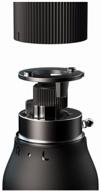
Xiaomi Mijia Ratchet Screwdriver 16 in 1 Screwdriver with Interchangeable Bits, 10 pcs, Black

22 Review
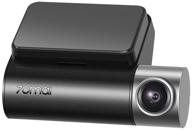
DVR 70MAI Dash Cam Pro Plus+, black (A500S), black

87 Review

